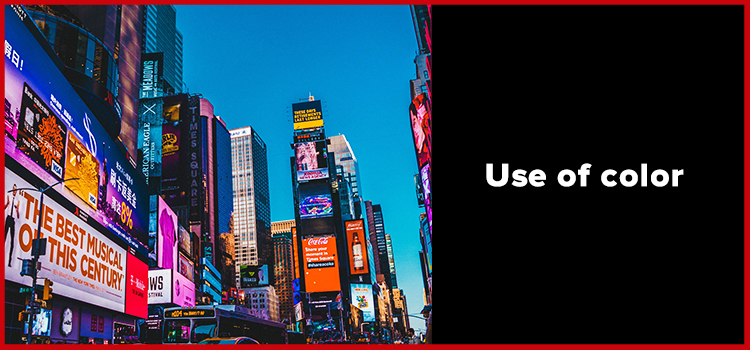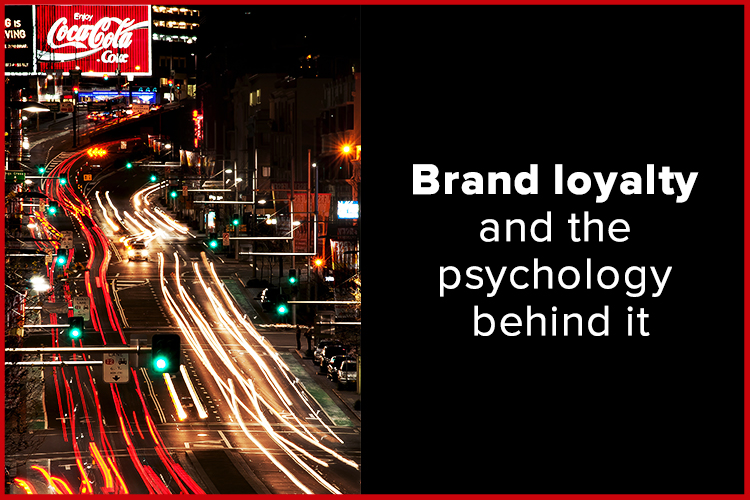Wouldn’t it be great if every single one of your brand’s first-time customers would keep on coming back for more? Or even better, if they loved your company so much that they told all of their friends about you?
If users show this type of behavior, they’ve made a connection with who you are as a company and they’ll most likely be a customer for life. But how you do generate a strong customer base that chooses to be faithful to your brand?
The answer is to build a brand that your prospects and customers love. By understanding the psychology that goes into branding, you’ll be able to attract consumers who will relate to and make a mental connection with your brand’s identity.
The Psychology of Branding
Effective brands have a strong identity that consumers can relate to. Much of this is driven by a deep understanding of psychology and brand marketers must develop the ability to make a mental connection with customers.
There are five core dimensions that play a role in a brand’s personality or identity:
Sincerity: you must come across as honest and genuine in your marketing campaigns to obtain trust;
Excitement: can be drummed up through daring tactics, imaginative ads, and up-to-date technologies;
Competence: may be established by harnessing an image of reliability and efficiency;
Sophistication: can be communicated through glamorous events and charming ambassadors;
Ruggedness: comes mainly from the nature of the product’s attributes which builds up the personality of those brands.
To build a strong brand, a company must understand each of them individually and how they want to use them within their marketing or brand image.
For a company, it’s important to identify the feelings they want a consumer to associate with their brand, and then leverage the core dimension(s) that make the most sense for them to achieve that association.

Use of color
Colors are used for more than just making things look pretty. They elicit emotion, whether you notice it or not. For example, orange makes people feel friendly, cheerful, and confident. Blue brings out feelings of trust, dependability, and strength. And green is often seen as peaceful or healthy.
Depending on what feelings you want your consumers to feel when associating with your brand, you may want to choose a specific color scheme that matches what you’re trying to achieve.
Words and messaging
The words and messaging you use on your website, your digital content, your print assets, and other platforms can also bring out specific emotions in your consumers.
Some popular messaging types include happiness, comedy, persuasion, fear, and sadness.
In addition, word choice can have a huge effect on how people perceive your brand. It’s been proven that consumers tend to go for names that sound more expensive and make judgments based on their perception of sophistication.
By understanding who you’re trying to target, knowing the emotions you want them to feel, and understanding how messaging can influence perception of your company, you can properly influence your potential buyers in a way that will resonate with them more than if you were to simply focus on marketing your product’s features or benefits.

